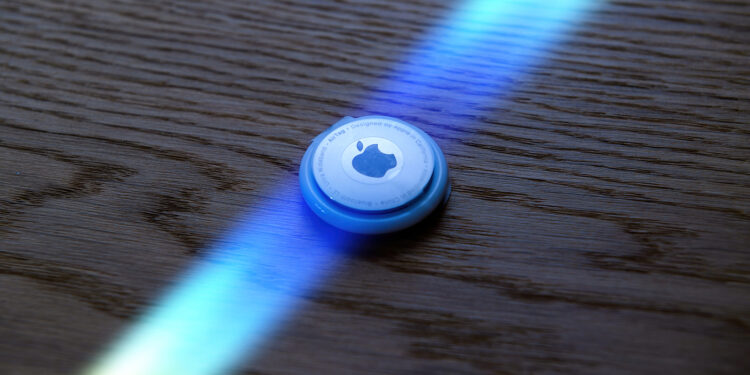Since its launch in 2021, the AirTag has become an indispensable gadget for many users. Apple's small tracker makes it easy to find lost items such as keys, bags or wallets. But the previous model had its limitations, especially in terms of the range of precision searches. Now the AirTag 2 is in the starting blocks and initial reports promise a significant improvement in precisely this area.
The AirTag was introduced three years ago and has not changed since then. Nevertheless, demand for the product remained high because it works smoothly, especially when used in conjunction with other Apple devices. At the beginning of the year, rumors about a new version surfaced, but they contained little concrete information. Now the well-known Bloomberg journalist Mark Gurman has new details published, which offer exciting insights into the next model. Above all, the range of the precision search is to be significantly improved.
The most important innovations of the AirTag 2
The biggest innovation in the AirTag 2 is the next-generation ultra-wideband chip, which is already used in the iPhone 15. With this chip, the range of precision search is up to three times greater than that of the current AirTag. Previously, the range of location was around 10 to 30 meters. The new model allows you to locate lost objects within a radius of 30 to 90 meters. This is a huge improvement, especially in larger or confusing environments. Precision search itself is one of the most practical functions of the AirTag. It uses your iPhone to guide you visually, acoustically and haptically directly to the object you are looking for. This technology is even more precise and effective in the AirTag 2, as the greater range gives you clues to the position earlier.
Why this improvement is so important
In everyday life, you often find yourself far outside the range of precision search, for example when you're looking for your AirTag in a large bag or in a large building. With the improved range, you can now find the tracker faster and more efficiently in such situations. While the previous model offers the option of displaying an approximate location on a map or playing a beep, precision search has proven to be far more helpful. The new technology in the AirTag 2 will be a real relief, especially in environments where precise navigation is required.
Review of previous functions
The AirTag was introduced in 2021 with the then innovative ultra-wideband chip that was first used in the iPhone 11. This technology made it possible to introduce precision search in the first place. However, it was limited to the technical capabilities of the chip at the time. With the new model, Apple closes the gap to the latest chip generation and offers you a significantly improved user experience.
Is it worth upgrading?
Whether you should switch from the current AirTag to the AirTag 2 depends on how important precision search is to you. If you often have to rely on finding objects in larger spaces or distances, the AirTag 2 could be a game changer for you. On the other hand, if you mainly use the basic functions such as beep location or map display, the previous model could be sufficient for your purposes.
AirTag 2 impresses with triple precision search
With the AirTag 2, Apple is taking precision search to a new level. Thanks to the new ultra-wideband chip, you will be able to find lost items from up to three times further away. This improvement is particularly useful in large, confusing environments or when you need to act quickly. As soon as the AirTag 2 comes onto the market, it should be an attractive option for many users - especially for those who already swear by precision search. So if you often misplace things and value the latest technology, the AirTag 2 is definitely worth a closer look. (Photo by hadrian / Bigstockphoto)
- Apple event in spring 2025: The most important news
- AirTag 2: Release date, new features and more
- Apple's AR glasses: Why the vision is still years away
- Magic Mouse: Apple plans a comprehensive overhaul
- Foldable iPad from Apple: What to expect in 2028





